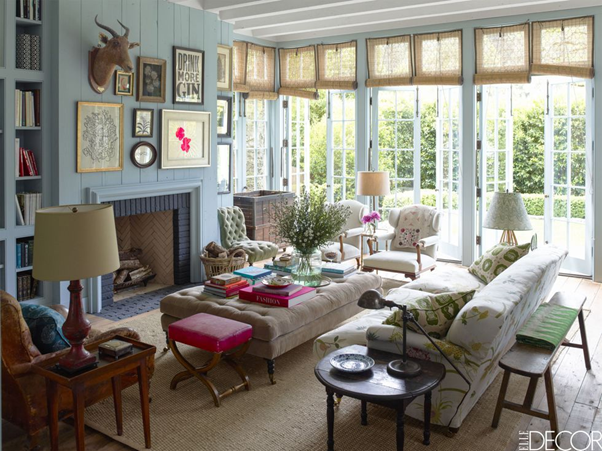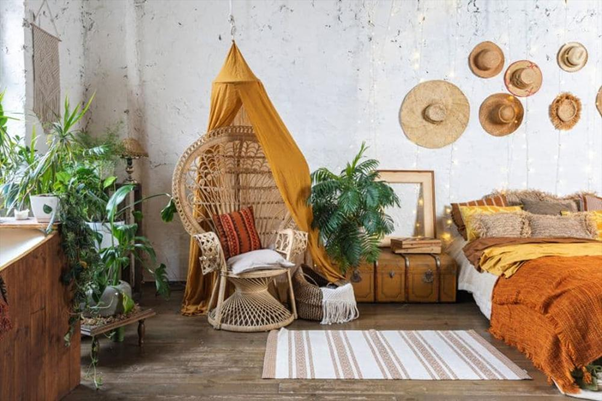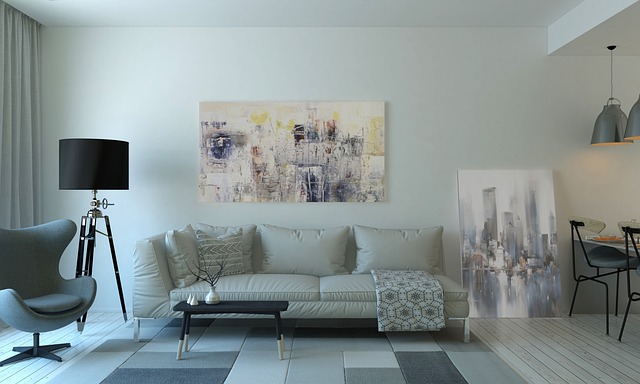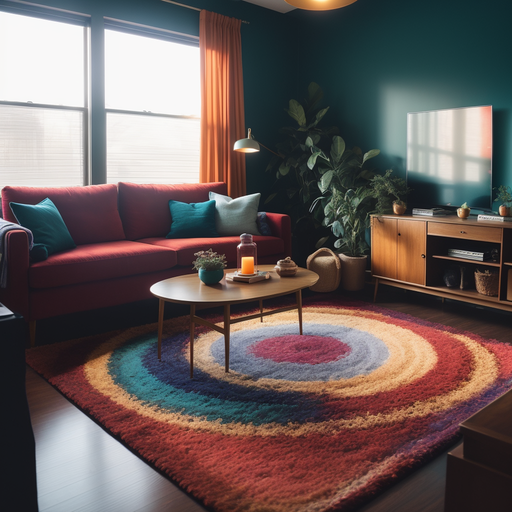Coined at the beginning of the 1980s, ‘Shabby Chic’ meant a counter-establishment style that aim to reshape worn, used furniture into a cozy, living style, giving it a new look. To undertake a total full renovation is a characteristic feature of Shabby Chic, and we are going to discuss it a little bit.
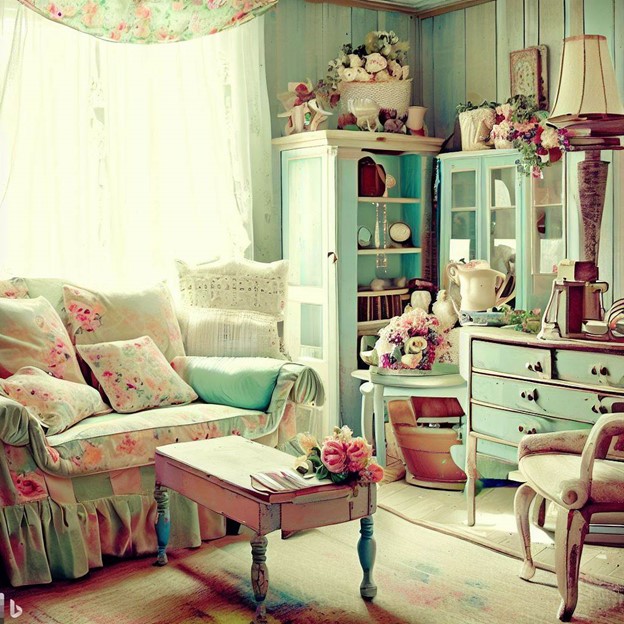
A Shabby Chic living room. Source: Bing
Selecting the Right Furniture Pieces for a Shabby Chic Makeover
To select the right furniture pieces for a shabby chic makeover, you should look for items that have a vintage or cottage feel, such as wooden tables, chairs, cabinets, dressers, or sofas. A distressed or worn look is definitely a plus, but you can create it too, by applying paint and sanding techniques.
You should also opt for neutral or pastel colors that match the shabby chic palette, such as white, beige, gray, pink, or lavender.
One of the better furniture picks for this specific style, is without a doubt, the mario bellini sofa. Wanna know more? More info here
Techniques for Distressing and Weathering Furniture
Let’s now share some of the best techniques for distressing and weathering furniture for a Shabby Chic Makeover:
Wet distressing. This involves using a damp cloth or sponge to rub off some of the paint while it’s still wet or slightly dry. This can create a natural-looking worn effect and reveal the underlying color or wood.
Dry distressing. This involves using sandpaper, steel wool, or another abrasive tool to scrape off some of the paint after it’s completely dry. This can create a more rustic and aged look and expose the wood grain or texture.
Resist technique. This involves applying a layer of wax, petroleum jelly, or other substance that resists paint over some areas of the furniture before painting. This can create a crackled or chipped effect and add some character and interest to the piece.
You can also combine these techniques or use other methods such as painting with a dry brush, using a candle to rub off some paint, or applying a glaze or stain to enhance the distressed look.
Painting and Refinishing Tips for a Vintage Feel
If you want a Shabby Chic space, you know that a vintage feel is one of their most desired effects. You can get that look in your furniture with some simple tips.
Choose a light color of paint, such as white, cream, or pastel, for a vintage feel. You can use acrylic or latex paint for this project.
Sand the furniture lightly with a medium-grit sandpaper to remove any gloss and create a rough surface for the paint to adhere to. You don’t need to use a primer with chalk paint.
Apply a thin layer of paint with a brush, moving it in different directions to create texture and depth. You can use two different colors of paint for a distressed look, applying the darker color first and then the lighter one on top.
After the paint is dry, sand the edges and corners of the furniture with a fine-grit sandpaper to reveal some of the wood or the darker color underneath. This will create a worn and aged look that is characteristic of shabby chic style.
Wipe the furniture with a damp cloth to remove any dust and apply a clear wax or varnish to seal and protect the paint. You can also add some metallic accents or hardware for a touch of glamour.
How would you describe a successful Shabby Chic Redo?
A successful shabby chic makeover is one that transforms an old or plain piece of furniture into a charming and cozy one, with a vintage and romantic feel. It involves using paint, sandpaper, wax, and other tools to create a distressed and aged look, revealing layers of color and texture. It also involves adding decorative elements such as lace, flowers, metal, or wood appliques to enhance the beauty and character of the furniture. A successful shabby chic makeover is one that reflects your personality and taste, and makes your home more inviting and comfortable.
Showcasing Before and After Furniture Transformations
What can be better than undertaking the home renovation of your dreams?…To record it!. To showcase your evolution and improvement is a great way of retribution, and there is a lot that we can learn in the way.
Choose a location that has good natural light and a simple background that complements your furniture. You can use a plain wall, a curtain, or a sheet as a backdrop.
Use a tripod to keep your camera steady and avoid blurry photos. You can also use a remote shutter release or a timer to avoid camera shake.
Experiment with different angles and perspectives to showcase the details and character of your furniture. You can take close-ups of the distressed areas, the hardware, or the appliques.
Use props and accessories to create a story and a mood for your furniture. You can use flowers, books, candles, pillows, or other items that match the shabby chic style.
Edit your photos to enhance the colors, contrast, and brightness. You can also apply filters or effects to create a vintage or faded look.
